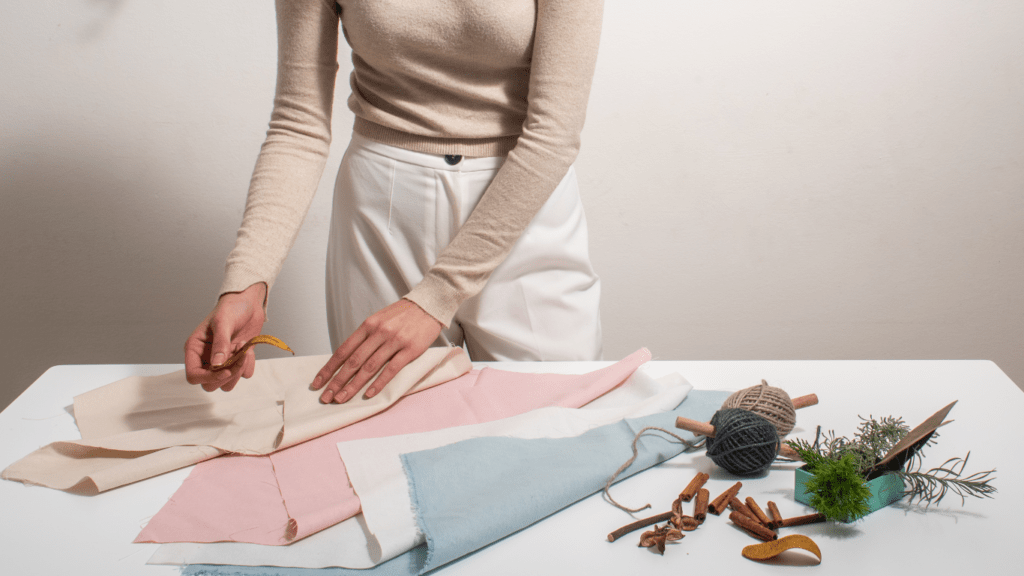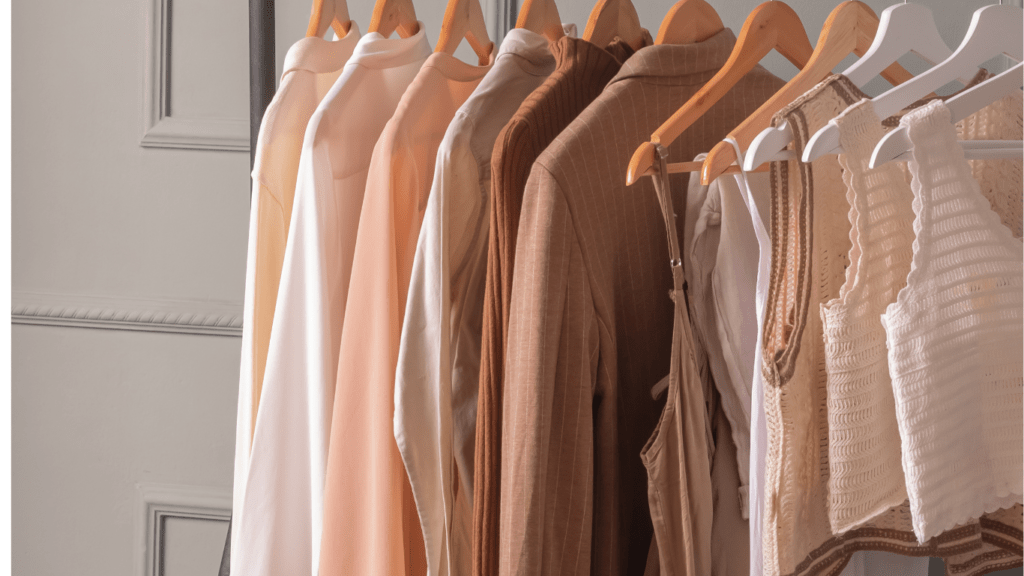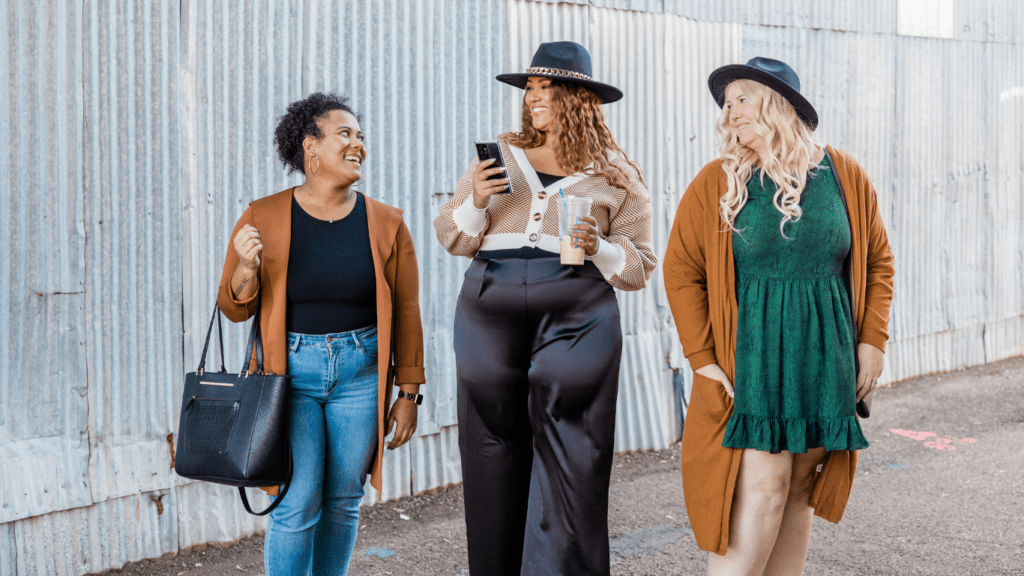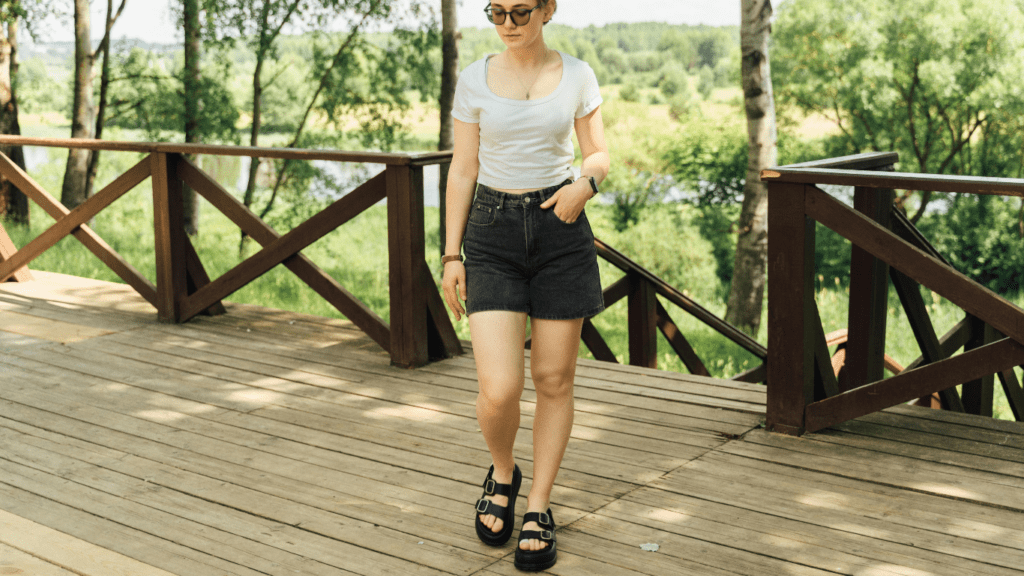Understanding Sustainable Fashion
Navigating the world of sustainable fashion can be intimidating, but it’s crucial for moms who care about the planet and want to set a good example. Understanding sustainable fashion requires a look into its core principles and specific impacts.
What Is Sustainable Fashion?
Sustainable fashion, by definition, focuses on reducing environmental impact. It involves using eco-friendly materials, ethical production practices, and advocating for longer-lasting, high-quality items. Commonly seen approaches include using organic cotton, recycled fabrics, and low-impact dyes. Brands committed to sustainable fashion often ensure fair wages and safe working conditions for their employees. For example, companies like Patagonia and Eileen Fisher are known for their sustainable practices.
The Importance of Sustainable Fashion for Moms
For moms, sustainable fashion isn’t just about clothes; it’s about imparting values. Choosing eco-friendly garments teaches children the importance of environmental stewardship. Furthermore, a well-curated sustainable wardrobe can save money in the long run by focusing on quality over quantity. Sustainable fashion also means less exposure to harmful chemicals found in non-organic clothing. Prioritizing ethical brands ensures that the purchases support fair labor conditions, which aligns with values many moms want to instill in their families.
Key Elements of an Eco-Friendly Wardrobe
Crafting an eco-friendly wardrobe doesn’t need to be complicated. By focusing on key elements, moms can make sustainable fashion choices that benefit the environment and family.
Choosing Sustainable Materials
Selecting eco-friendly materials is crucial. Organic cotton, which avoids harmful chemicals, and bamboo, known for its rapid growth, are excellent choices. Recycled fabrics, like polyester made from plastic bottles, also minimize waste. When checking labels, look for certifications like GOTS or Oeko-Tex to ensure the materials meet strict environmental guidelines.
Embracing Minimalism
Minimalism in fashion reduces clutter and environmental impact. Instead of buying multiple items, choose versatile pieces that can mix and match. A capsule wardrobe, consisting of 20-30 high-quality essentials, is a practical implementation. This approach not only saves time but also encourages thoughtful purchasing.
Prioritizing Quality Over Quantity
Quality clothing lasts longer, reducing the need for frequent replacements. Investing in durable items, like well-made jeans or a sturdy coat, can save money and resources. Brands known for craftsmanship, such as Patagonia or Everlane, often provide better longevity. Look for strong stitching, reliable zippers, and resilient fabrics to ensure the pieces withstand daily wear.
Tips for Building a Sustainable Wardrobe

Building a sustainable wardrobe as a mom can be rewarding and impactful. Here are practical tips to help you get started.
Shopping Second-Hand
Shopping second-hand offers a sustainable way to refresh your wardrobe. Thrift stores, consignment shops, and online resale platforms (like ThredUp or Poshmark) have a wide range of affordable, high-quality items. Buying second-hand clothing extends the life of garments, reducing overall waste and conserving resources. Look for gently used items in good condition; these often include brand names and trendy styles. Embrace the hunt for unique pieces that express your personal style while being kind to the planet.
Supporting Ethical Brands
Supporting ethical brands ensures your money goes towards companies with fair labor practices and eco-friendly production methods. Research brands that emphasize transparency, fair wages, and sustainable materials. Brands like Patagonia, Eileen Fisher, and Reformation are known for their commitment to sustainability. Ethical brands may sometimes have higher prices, but investing in well-made pieces guarantees longevity and reduces the need for frequent replacements. Prioritize quality and craftmanship for a wardrobe that aligns with your values.
DIY and Upcycling
- DIY and upcycling allow for creative ways to enhance sustainability in fashion.
- Transform outdated or worn clothes into new, stylish items through simple sewing projects or embellishments.
- Pinterest and YouTube offer numerous tutorials for turning old jeans into shorts or T-shirts into tote bags.
- Upcycling old fabrics into new accessories or home items reduces waste and adds a personal touch to your wardrobe.
- Engaging in DIY projects can also be a fun, educational activity to involve your kids, teaching them the value of reusing and creativity.
Sustainable Fashion on a Budget
Building an eco-friendly wardrobe doesn’t have to break the bank. By exploring budget-friendly alternatives, moms can ensure sustainability in their fashion choices while managing expenses effectively.
Affordable Sustainable Brands
Several brands offer sustainable fashion options at reasonable prices. Brands like Pact and Tentree use organic materials and ethical practices without high price tags. Additionally, Everlane provides transparent pricing, ensuring customers know where their money goes. These brands offer a range of stylish, durable pieces suitable for a sustainable wardrobe.
Thrift Store Tips and Tricks
Shopping at thrift stores can be a treasure trove for sustainable fashion. Start by visiting stores in more affluent areas to find high-quality items. Look for natural fibers such as:
- cotton
- wool
- linen
for better durability. Always check seams, zippers, and buttons to ensure items are in good condition. Wash or sanitize clothing before wearing it for optimal hygiene.
Strategies for Saving Money
Implementing effective strategies can help save money while building a sustainable wardrobe. Buy staple items during off-season sales to get better deals. Host clothing swaps with friends or community groups to refresh wardrobes without spending. Repair or alter existing clothing to extend its life instead of buying new items. Investing in versatile pieces like neutral-colored basics allows for mix-and-match outfits, reducing the need to frequent purchases.
Teaching Kids About Sustainable Fashion
Building an eco-friendly wardrobe is a meaningful endeavor, especially when involving our children. Kids learn best through observation and engagement, making it crucial to integrate sustainable practices into their everyday lives.
Leading by Example
My children often mirror my habits, both good and bad. To teach them about sustainable fashion, I start by demonstrating my commitment. I choose ethical brands, wear clothes repeatedly without hesitation, and emphasize quality over quantity. When they see me valuing sustainable choices, it becomes part of their mindset. For example, during our shopping trips, I explain why I select certain fabrics or brands, giving them a context for ethical choices.
Fun Ways to Involve Kids
Making sustainable fashion fun engages kids on a deeper level. I involve them by turning sustainable practices into enjoyable activities. For instance, we often turn clothing swaps into family events, exchanging items with friends while explaining the environmental benefits. Upcycling old clothing provides a creative outlet; we transform worn-out shirts into reusable bags or decorate jeans with patches. Additionally, we play “sustainable fashion detectives,” where we research eco-friendly brands together, making the learning experience interactive and informative.
Through these practices, I aim to foster a mindset in my children that values sustainability over fast fashion trends.




